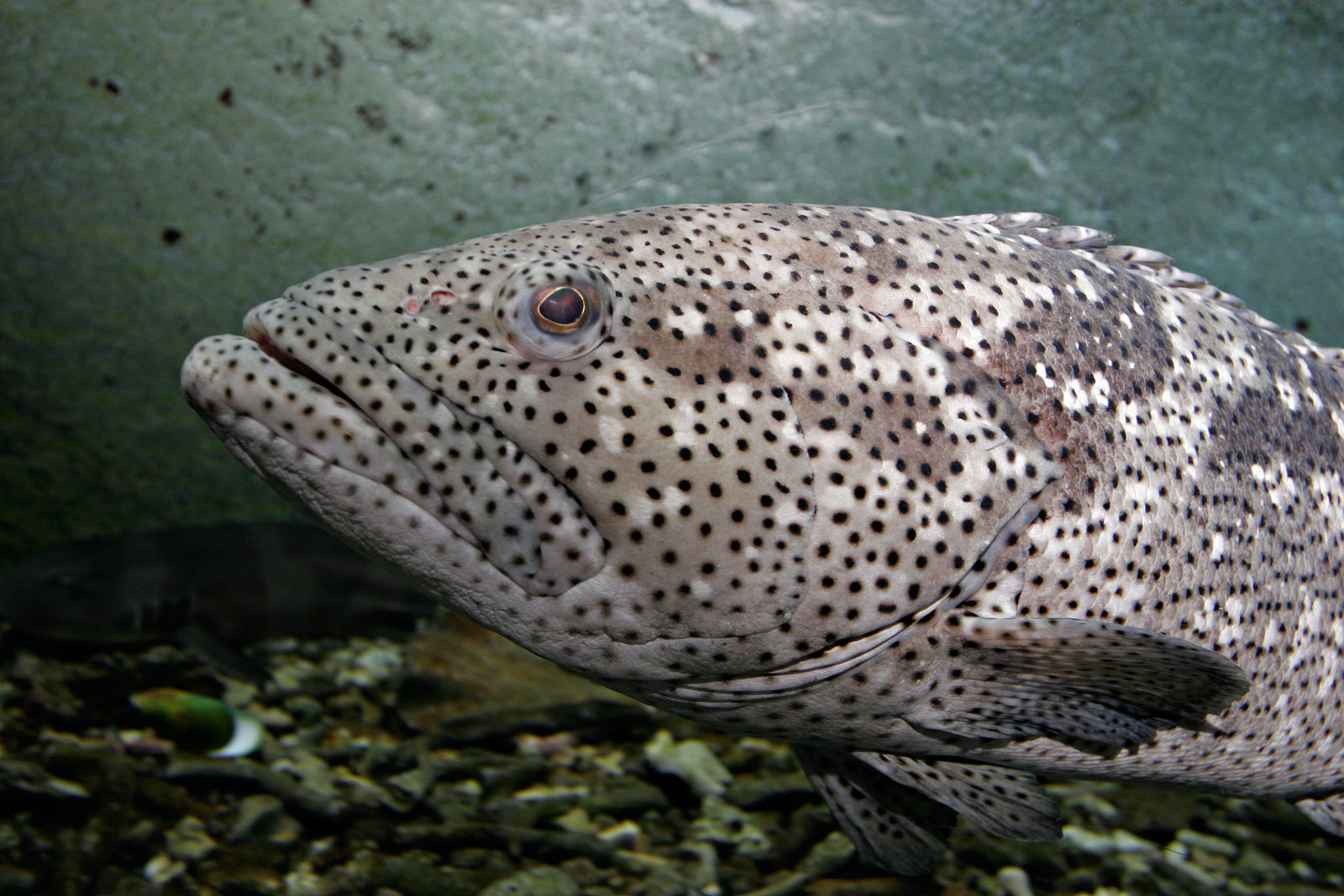Pseudorhabdosynochus Maternus on:
[Wikipedia]
[Google]
[Amazon]
''Pseudorhabdosynochus maternus'' is a diplectanid monogenean parasitic on the
/ref>
PDF
The
 The type-host and only recorded host of ''P. maternus'' is the Malabar grouper, '' Epinephelus malabaricus'' (
The type-host and only recorded host of ''P. maternus'' is the Malabar grouper, '' Epinephelus malabaricus'' (
gill
A gill () is a respiration organ, respiratory organ that many aquatic ecosystem, aquatic organisms use to extract dissolved oxygen from water and to excrete carbon dioxide. The gills of some species, such as hermit crabs, have adapted to allow r ...
s of the Malabar grouper, '' Epinephelus malabaricus''. It has been described in 2007.
PDF of Abstract/ref>
Description
''Pseudorhabdosynochus maternus'' is a small monogenean, 0.6 mm in length. The species has the general characteristics of other species of '' Pseudorhabdosynochus'', with a flat body and a posteriorhaptor
The haptor is the attachment organ of the monogeneans, a group of parasitic Platyhelminthes.
The haptor is sometimes called opisthaptor (from ''opistho-'': behind) to emphasize that it is located in the posterior part of the body, and to diffe ...
, which is the organ by which the monogenean attaches itself to the gill of is host. The haptor bears two squamodisc
Squamodiscs are epidermal structures, which are typical of and found only in certain monogeneans of the family Diplectanidae. There are, typically, two squamodiscs, one ventral and one dorsal, located on the haptor of the monogenean. Squamodiscs ...
s, one ventral and one dorsal.
The sclerotized male copulatory organ, or "quadriloculate organ", has the shape of a bean with four internal chambers, as in other species of '' Pseudorhabdosynochus''.Kritsky, D. C. & Beverley-Burton, M. 1986: The status of ''Pseudorhabdosynochus'' Yamaguti, 1958, and ''Cycloplectanum'' Oliver, 1968 (Monogenea: Diplectanidae). Proceedings of the Biological Society of Washington, 99, 17-20The
vagina
In mammals and other animals, the vagina (: vaginas or vaginae) is the elastic, muscular sex organ, reproductive organ of the female genital tract. In humans, it extends from the vulval vestibule to the cervix (neck of the uterus). The #Vag ...
includes a sclerotized part, which is a complex structure. In this species, the sclerotised vagina has a big spherical primary chamber and a small spherical
secondary chamber.
Etymology
''Pseudorhabdosynochus maternus'' is part of a series of six species of '' Pseudorhabdosynochus'', all described from the Malabar grouper, '' Epinephelus malabaricus''. The authors indicated that "names of all new species described begin all by ''‘ma-’'' to provide an easy way to identify these species from ''E. malabaricus'' among the numerous species of ''Pseudorhabdosynochus'' already described or to be described". The species are '' P. maaensis'', '' P. malabaricus'', '' P. manifestus'', '' P. manipulus'', '' P. marcellus'', and ''P. maternus''. More precisely, for this species, the name ''maternus'' is derived from the local French name of the host, ‘mère loche’ Laboute, P. & Grandperrin, R. (2000). Poissons de Nouvelle-Calédonie. Nouméa, New Caledonia: Éditions Catherine Ledru. which translates as ‘mother grouper’.Hosts and localities
 The type-host and only recorded host of ''P. maternus'' is the Malabar grouper, '' Epinephelus malabaricus'' (
The type-host and only recorded host of ''P. maternus'' is the Malabar grouper, '' Epinephelus malabaricus'' (Serranidae
Serranidae is a large family (biology), family of fishes belonging to the order Perciformes. The family contains about 450 species in 65 genera, including the sea basses and the groupers (subfamily Epinephelinae). Although many species are small, ...
: Epinephelinae). The type-locality and only recorded locality is the Barrier Reef off Nouméa
Nouméa () is the capital and largest city of the French Sui generis collectivity, special collectivity of New Caledonia and is also the largest Francophone city in Oceania. It is situated on a peninsula in the south of New Caledonia's main i ...
, New Caledonia
New Caledonia ( ; ) is a group of islands in the southwest Pacific Ocean, southwest of Vanuatu and east of Australia. Located from Metropolitan France, it forms a Overseas France#Sui generis collectivity, ''sui generis'' collectivity of t ...
where it was considered a rare species.
References
{{Taxonbar, from=Q5472155 Diplectanidae Animals described in 2007 Platyhelminthes of New Caledonia